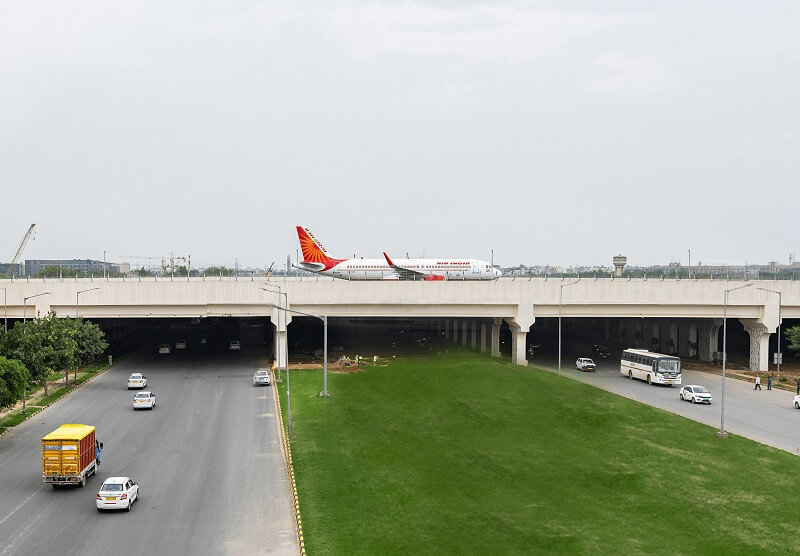
The aviation industry is undergoing a period of unprecedented transformation, driven by technological advancements, evolving passenger expectations and the increasing complexity of airport operations. To keep pace with these changes, airports worldwide are embarking on modernization initiatives that aim to enhance efficiency, safety and passenger experience. However, these modernization efforts often come with the challenge of minimizing disruptions to ongoing operations, as any interruption can lead to delays, cancellations and passenger dissatisfaction.
To successfully navigate the runway of modernization, airports must adopt a strategic approach that minimizes disruption and ensures a seamless transition to new systems and procedures. Here in this write-up, we will provide a comprehensive view of challenges in the modernization of airports as well as the strategic approach to address them ensuring minimal disruption to operations.
Airport modernization encompasses a wide range of initiatives, from infrastructure upgrades to the implementation of advanced technologies. While these advancements aim to enhance efficiency, capacity and safety, they often introduce disruptions that can impede airport operations. Some of the key disruptive forces associated with airport modernization include:
To navigate the runway of modernization successfully, airports can adopt a range of strategies to minimize disruptions:
Comprehensive planning is essential to identify potential disruptions, develop mitigation strategies and communicate effectively with stakeholders.
Implementing modernization projects in phases allows for gradual adaptation, minimizing the impact on ongoing operations.
Leveraging technology can streamline processes, enhance efficiency and reduce the need for physical interventions, minimizing disruptions.
Actively engaging all stakeholders throughout the modernization process fosters collaboration, reduces resistance and ensures alignment with shared objectives.
Developing contingency plans for unexpected events, such as weather disruptions or equipment failures, ensures resilience and minimizes downtime.
Delhi International Airport Limited (DIAL) is a prime example of an airport that has successfully navigated the runway of modernization while minimizing disruption. Over the past decade, DIAL has undertaken a series of ambitious modernization projects, including the construction of a new terminal, the expansion of runways and taxiways and the implementation of new technologies.
To minimize disruptions during these projects, DIAL has employed a range of strategies, including:
As a result of these efforts, DIAL has been able to successfully modernize its facilities while maintaining a high level of operational efficiency. The airport has consistently been ranked among the best in the world for its passenger experience and operational excellence.
In conclusion, airport modernization is an ongoing process that requires continuous monitoring, evaluation and innovation to ensure optimal performance, passenger experience and safety. By establishing key performance indicators, implementing feedback mechanisms and adapting strategies based on data and feedback, airports can ensure that modernization initiatives are achieving their intended goals.
If you need any services, drop us a mail at Rohitkumar.Singh@gmrgroup.in or get in touch with us at +919717199753.